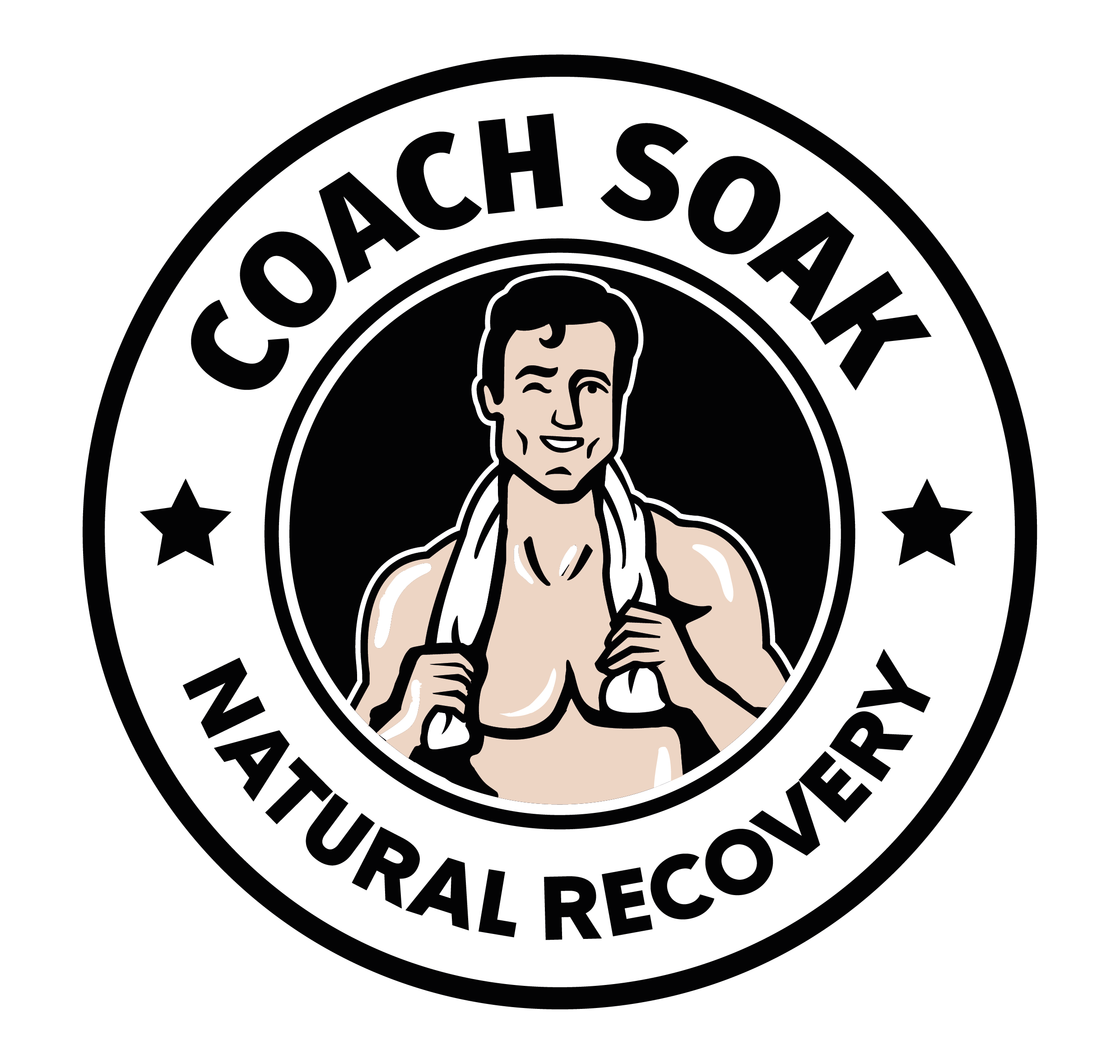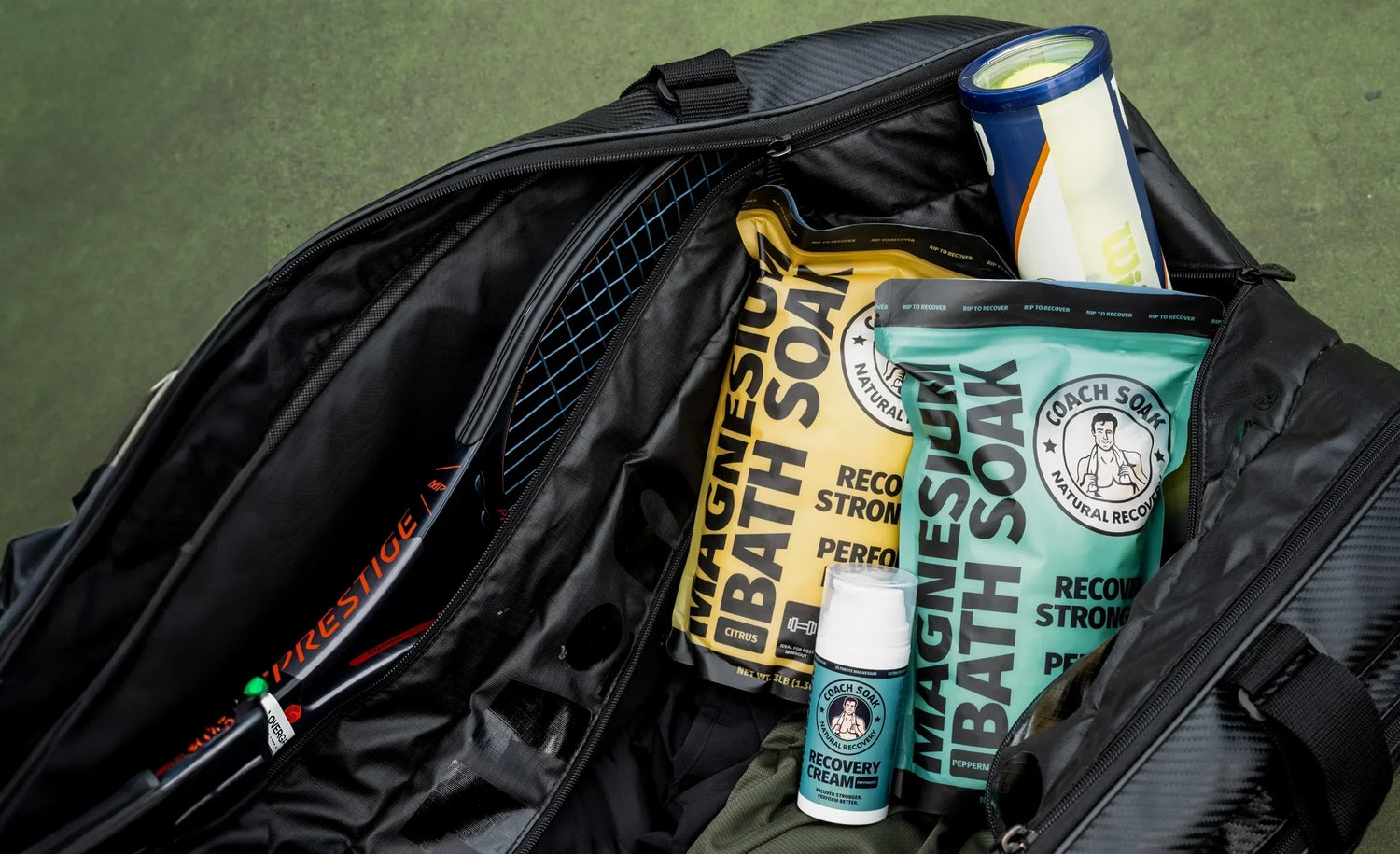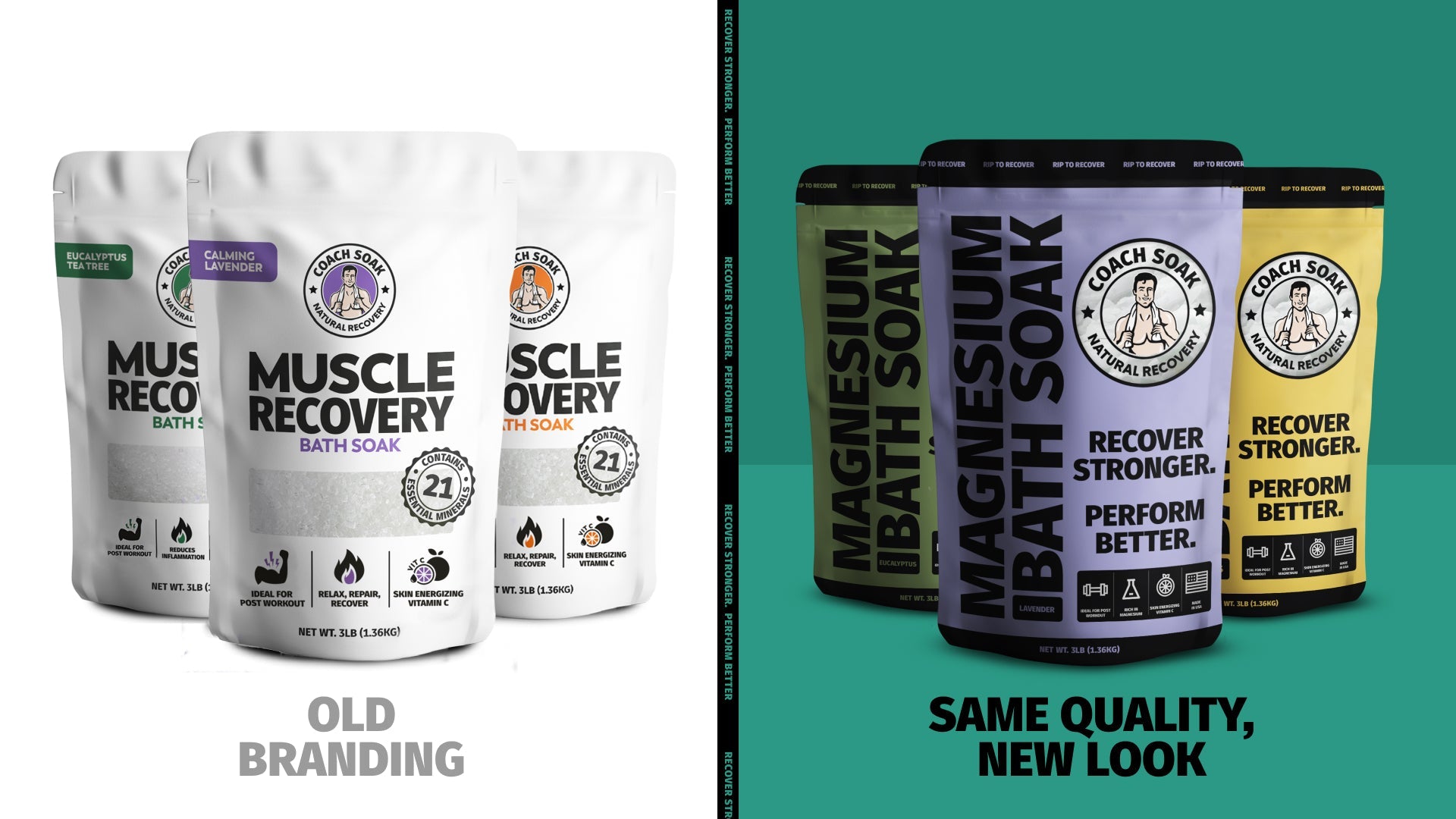Persistent leg cramps can often be managed by identifying their root causes, employing immediate relief methods such as stretching, and adopting long-term strategies including proper hydration, maintaining electrolyte balance, and considering targeted supplementation. Understanding these factors is key to achieving lasting relief.
That sudden, vice-like grip in your calf, thigh, or foot – a leg cramp can jolt you awake or stop you right in your tracks. When these unwelcome muscle spasms become a regular, persistent feature in your life, they can truly diminish your daily comfort, disrupting sleep and hampering your activities. You're undoubtedly seeking more than just fleeting fixes; you want to understand why they persistently return and, critically, discover effective ways to stop them for good. This is about more than just weathering the pain; it's about restoring your comfort and freedom of movement. We'll examine the common reasons behind those stubborn cramps and reveal practical, effective approaches to help you find lasting relief and leave persistent leg cramps in the past.
Why Do My Legs Keep Cramping Up, Anyway?
It's the million-dollar question when you're rudely awakened by that intense muscle clench for the umpteenth time. Persistent leg cramps aren't just bad luck; they're usually your body's way of signalling that something is out of balance. Let's explore some of the most common culprits.
Dehydration: The Thirsty Muscle Connection
Think of your muscles like well-oiled machines. Water is a crucial part of that "oil." When you're dehydrated, your muscles don't get the fluid they need to contract and relax smoothly. This can lead to them becoming irritable and more prone to those sudden, painful spasms. Even mild dehydration can be a trigger for some individuals, especially during or after exercise, or in hot weather.
Electrolyte Imbalance: The Spark Plugs of Your Muscles
Electrolytes are minerals that carry an electric charge, and they're vital for muscle function, nerve signalling, and fluid balance. Key players in preventing cramps include:
- Magnesium: This powerhouse mineral is essential for muscle relaxation. Low levels mean your muscles might struggle to "switch off" after contracting. Many people don't get enough magnesium through diet alone.
- Potassium: Works with sodium to help control muscle contractions and nerve signals.
- Calcium: While often associated with bone health, calcium is also crucial for muscle contraction.
- Sodium: Important for fluid balance and nerve function, though imbalances here are often linked to too much or too little in specific contexts (like endurance sports).
An imbalance in any of these can disrupt normal muscle function and lead to cramps. This is where products like high-quality magnesium flakes can be particularly beneficial, directly addressing a common deficiency.
Overexertion and Muscle Fatigue
Ever pushed yourself a bit too hard during a workout or a long day of physical activity? Your muscles might pay the price later. Fatigued muscles are more susceptible to cramping as they struggle to cope with the demands placed on them. This is especially true if you're not accustomed to the level of activity or if you skip proper warm-ups and cool-downs.
Prolonged Sitting or Standing: The Circulation Snag
Staying in one position for too long, whether seated at a desk or standing for hours, can impede blood flow to your legs. Reduced circulation means less oxygen and fewer nutrients reach your muscles, and waste products aren't removed as efficiently. This can create an environment ripe for cramping.
Certain Medications or Underlying Conditions
Occasionally, persistent leg cramps can be a side effect of certain medications (like diuretics or statins) or a symptom of an underlying medical condition (such as nerve compression, thyroid issues, or peripheral artery disease). If your cramps are severe, frequent, and don't respond to simple home care, it's always wise to chat with your doctor to rule out any more serious causes.
Age-Related Muscle Changes
As we age, we naturally tend to lose some muscle mass (a condition known as sarcopenia). This can mean the remaining muscles have to work harder, potentially leading to fatigue and an increased likelihood of cramping.
Understanding these potential triggers is the first step toward finding effective solutions. Often, it's not just one factor but a combination that leads to those persistent, unwelcome leg cramps.
Quick Wins & Home Truths: Finding Relief for Leg Cramps
When a leg cramp hits, your first thought isn't about long-term strategies; it's about immediate relief! And rightly so. Once the immediate agony subsides, however, the focus shifts to preventing these unwelcome guests from returning. Let's look at some effective tactics, from instant soothers to more foundational home truths.

Immediate Relief: When the Cramp Strikes Hard
That searing pain needs a quick counter-attack. Here’s what you can do in the moment:
- Stretch it Out: This is often the most effective immediate response.
- For a calf cramp (charley horse): Straighten your leg and gently flex your foot, pulling your toes towards your shin. You can also stand a short distance from a wall, place your hands on it, and lean forward, keeping the affected leg straight with your heel on the floor.
- For a thigh cramp (front or back): For a front thigh (quadriceps) cramp, try holding onto something for support and pulling your foot up towards your buttock. For a hamstring cramp (back of thigh), sit down, extend the affected leg, and lean forward from your hips, trying to touch your toes.
- For a foot cramp: Try to pull your toes upwards towards your shin.
- Gentle Massage: After the initial stretch, or if stretching is too intense at first, try gently massaging the cramped muscle. Use your hands to knead the area, which can help to encourage blood flow and relaxation.
- Apply Warmth: A warm compress, heating pad (on a low setting), or a warm bath can be incredibly soothing. Warmth helps to relax the muscle tissue and increase blood flow to the area. Many find that a soak with specialized mineral flakes, like those rich in magnesium chloride, offers an enhanced level of relief compared to simple warm water.
Simple Home Strategies for Prevention & Management
Beyond the immediate fix, consistent habits can make a huge difference:
Stay Properly Hydrated
We can't stress this enough. Water is fundamental for muscle function. Aim for consistent hydration throughout the day, not just when you feel thirsty. If you're active or in a hot climate, your needs will be even higher.
Review Your Diet: Are You Getting Key Cramp-Fighting Minerals?
While a balanced diet is always best, certain minerals are particularly crucial for muscle health:
- Magnesium-rich foods: Leafy green vegetables (spinach, kale), nuts (almonds, cashews), seeds (pumpkin, chia), whole grains, and legumes.
- Potassium-rich foods: Bananas are well-known, but also avocados, sweet potatoes, spinach, watermelon, and coconut water.
- Calcium-rich foods: Dairy products, fortified plant milks, leafy greens, and tofu.
Many people find that dietary sources alone aren't enough to correct significant deficiencies, especially for magnesium, which is where targeted solutions come into play.
Regular Movement and Stretching
If you sit or stand for long periods, make a point to move around and stretch your legs regularly. Gentle daily stretching, especially before bed if you suffer from night cramps, can also be beneficial.
Consider Your Footwear
Shoes that don't offer adequate support or that place undue strain on your leg muscles can sometimes contribute to cramping. Ensure your footwear is comfortable and appropriate for your activities.
The Power of Targeted Support
Sometimes, lifestyle tweaks aren't quite enough, especially if there's an underlying mineral imbalance. This is where specific support can elevate your cramp-prevention strategy. While many turn to common options like Epsom salts for a magnesium boost, it’s worth noting that not all magnesium forms are created equal in terms of absorption and efficacy. Solutions utilizing pure Dead Sea magnesium chloride flakes, for instance, are often chosen for their demonstrably faster absorption and deeper, more comprehensive relief due to a richer mineral profile beyond just magnesium sulfate. This approach moves beyond simple relief to actively replenishing what your body truly needs.
Is It Just a Cramp? Knowing When to Chat With Your Doctor
Most of the time, those pesky leg cramps are just that – annoying, temporary muscle spasms that respond well to the home care strategies we've discussed. They're often a sign that your muscles need a bit more attention, perhaps better hydration or a top-up of essential minerals. However, there are instances when persistent or particularly severe leg cramps could be a whisper from your body that something more significant is going on.
It's not about causing alarm, but about being informed and proactive about your health. Knowing when to consult a healthcare professional can ensure you get the right diagnosis and, consequently, the most effective treatment.
Red Flags: When Your Leg Cramps Warrant a Professional Opinion
Consider booking an appointment with your doctor if you experience any of the following:
- Severe and Frequent Cramps: If the cramps are intensely painful, happen very regularly, and significantly impact your quality of life or sleep, despite trying home remedies.
- Cramps Accompanied by Swelling, Redness, or Warmth: If the cramped area also shows signs like swelling, becomes red, or feels unusually warm to the touch, it could indicate a circulation issue or inflammation that needs checking.
- Muscle Weakness or Atrophy: If you notice that the muscles in your legs are becoming weaker, or if one leg looks noticeably smaller than the other (muscle wasting), this needs medical evaluation.
- Cramps with No Obvious Trigger: If you're experiencing persistent cramps without any clear reason – you're well-hydrated, haven't overexerted yourself, and generally feel fine otherwise – it's worth investigating.
- Cramps That Don't Improve with Self-Care: If you've diligently tried stretching, hydration, and even mineral support like magnesium flakes, but the cramps persist unabated, a doctor can help explore other potential causes.
- Suspicion of Medication Side Effects: If you started a new medication around the time your leg cramps began or worsened, discuss this with your doctor. They can assess if the medication might be a contributing factor.
- You Have Underlying Health Conditions: If you have known conditions like diabetes, kidney disease, thyroid problems, or peripheral artery disease, new or worsening leg cramps should always be discussed with your healthcare provider, as they can sometimes be related.
Your doctor can perform a physical examination, discuss your symptoms and medical history, and may recommend tests if needed to rule out underlying conditions such as nerve compression, circulation problems, or more significant mineral deficiencies that require medical management.
Think of it this way: while products like high-quality Dead Sea magnesium flakes can be incredibly effective for common muscle cramps linked to mineral needs, a doctor's visit ensures that if there's a different root cause, it gets the attention it deserves. It's all part of a comprehensive approach to your well-being.
Digging Deeper: What Else Can Help When Cramps Won't Quit?
So, you've been diligently hydrating, stretching like a seasoned yogi, and paying attention to your diet, but those stubborn leg cramps are still making unwelcome appearances. It can be incredibly frustrating when the usual advice doesn't seem to cut it. This is where we need to look at more targeted interventions, particularly focusing on replenishing key minerals that are fundamental to muscle health.

The Magnesium Marvel: More Than Just a Mineral
We've touched on magnesium, but its importance cannot be overstated when it comes to muscle function. Think of magnesium as the body's natural muscle relaxant. It plays a critical role in counterbalancing calcium, which triggers muscle contractions. If magnesium levels are low, calcium can become overactive, leading to those unwanted spasms and cramps. Unfortunately, modern diets and soil depletion mean many of us aren't getting optimal levels of this vital mineral.
Choosing Your Magnesium Wisely: Why Our Flakes Can Be a Game-Changer
When looking to boost your magnesium levels, the form of magnesium matters significantly for absorption and efficacy. While Epsom salt (magnesium sulfate) is a widely recognized option for muscle soaks, our formula utilizes pure Dead Sea magnesium chloride flakes for demonstrably faster absorption and deeper relief. Magnesium chloride is known for its superior bioavailability, meaning your body can absorb and utilize it more effectively through the skin.
Furthermore, unlike standard Epsom salts which primarily offer just magnesium sulfate, our Dead Sea flakes bring an additional advantage. They are naturally rich in a spectrum of over 20 other essential minerals, such as potassium, calcium, and bromide. This isn't just a magnesium soak; it's a holistic mineral infusion. This unique blend actively soothes sore muscles and accelerates your body's natural recovery process, providing a more comprehensive solution than Epsom salt alone can offer.
How to Use Our Magnesium Flakes for Maximum Benefit:
- Full Body Soak: Dissolve 1-2 cups of our magnesium flakes in a warm (not hot) bath and soak for at least 20 minutes. This allows ample time for transdermal absorption.
- Foot Soak: If a full bath isn't practical, a concentrated foot soak can be highly effective. Use about 1/2 to 1 cup of flakes in a basin of warm water, ensuring your feet and ankles are submerged. This is an excellent option before bed to help prevent night cramps.
- Consistency is Key: For persistent cramps, aim for regular soaks, perhaps 2-3 times a week, or even daily if needed, to build up your body's magnesium stores.
Experience unparalleled muscle recuperation and reduce downtime significantly with this meticulously engineered recovery tool.
Exploring Other Supportive Avenues
While optimizing magnesium intake is a powerful step, other therapies can complement your efforts:
- Professional Massage or Physiotherapy: A therapist can help release muscle tension, improve circulation, and identify any biomechanical issues that might be contributing to your cramps.
- Targeted Stretches and Strengthening: A physiotherapist can also prescribe specific exercises to strengthen weak muscles and improve flexibility in cramp-prone areas.
- Compression Wear: For some, especially those who experience cramps during or after exercise, or those who stand for long periods, compression socks or sleeves can help improve circulation and reduce muscle fatigue.
Remember, finding lasting relief from persistent leg cramps might involve a multi-faceted approach. By combining smart lifestyle choices with potent, targeted support like our Dead Sea magnesium flakes, you're giving your body the best chance to say goodbye to cramps for good.




